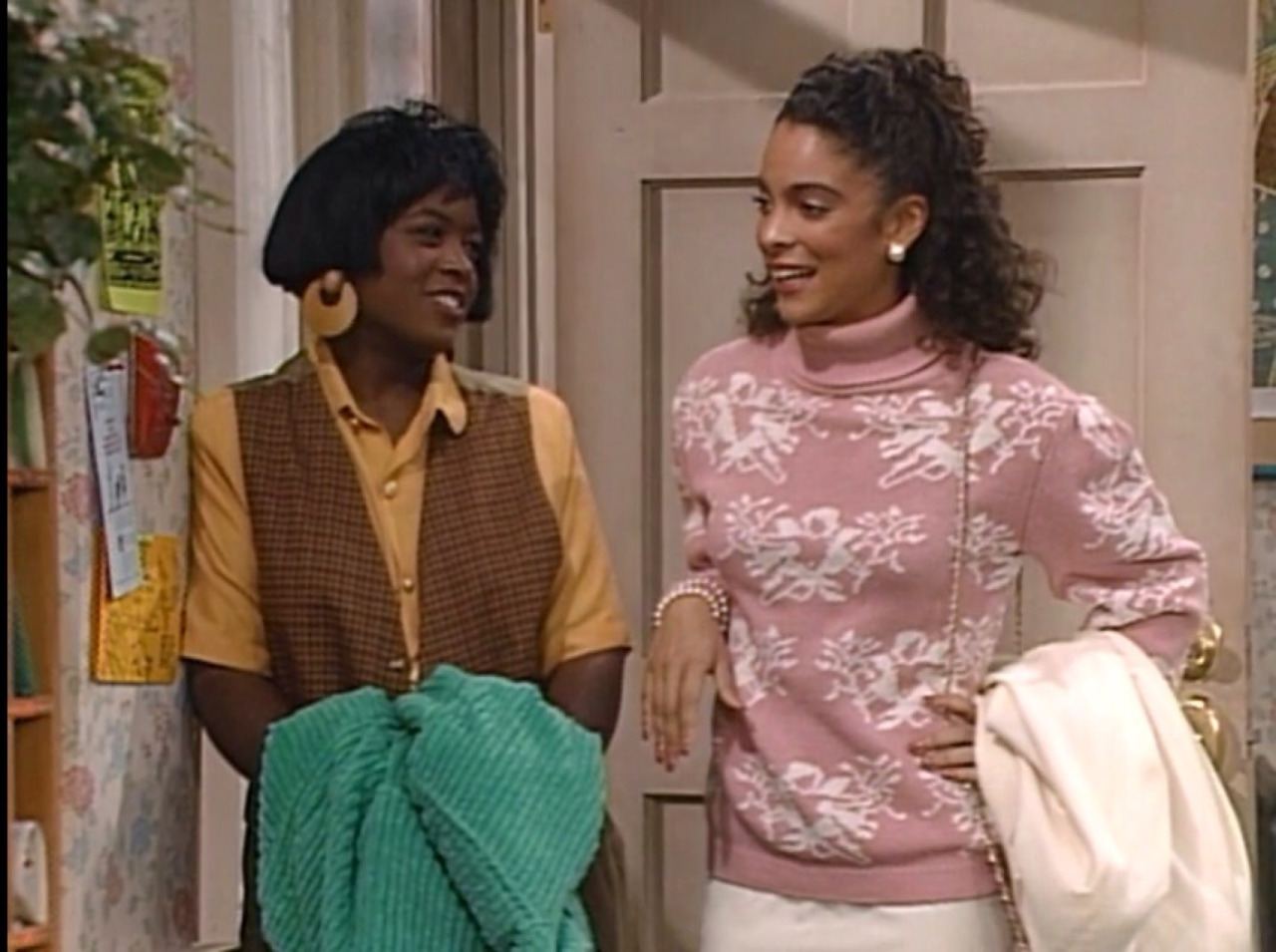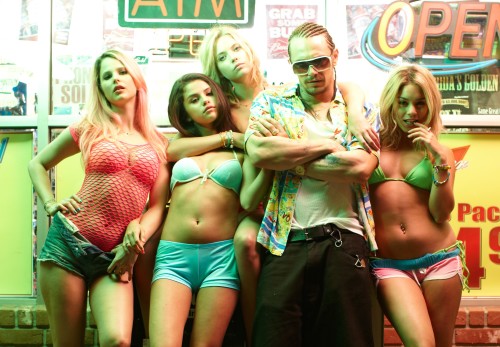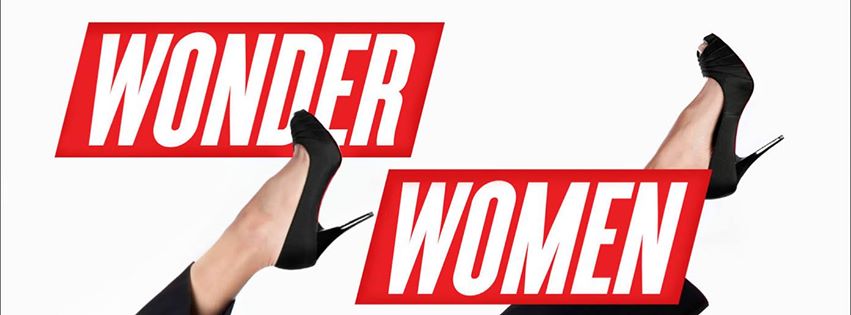
This guest post by Emma Houxbois appears as part of our theme week on Violent Women.
Ever since his screenwriting debut at age 19, penning the controversial script for director Larry Clark’s Kids, Harmony Korine has been best remembered in the public consciousness for navigating the razor’s edge between gritty realism and outright exploitation, with critics sharply divided on either side. In order for Clark to put himself in a position to meet the teenage Korine and solicit what would become the script for Kids, he taught himself how to skateboard at age 50 and hung around Washington Park Square as a means of earning the respect of his would be collaborators and in doing so, emerge with a film that captured the fidelity of their perspective rather than his alien construction of it.
Clark’s methodology of getting close to his subject, shooting using the techniques and visual language of documentary filmmaking, and relying on mostly untrained actors made an impression on Korine that has lasted, in one form or another, across his career to the present. When Korine began filming Spring Breakers in 2012, approaching the age of 40, his engagement with the youth culture he sought to evoke in the film had shifted almost completely into a position where he was stepping into the shoes that Clark wore when they collaborated on Kids.
The semiotics and technology of camera work had evolved remarkably in the 20 years since Kids was filmed, to the point where shooting handheld no longer immediately communicated that the film was either a documentary or aping one the way that Kids or his own follow-up Gummo had been received. Instead, it had evolved into a low cost alternative that fueled the explosive rise of independent filmmakers as diverse as Steven Soderbergh and Robert Rodriguez and stayed on as a stylistic flourish as many of those directors and DPs earned their way into studio budgets. The final nail in the coffin of handheld photography being immediately associated with documentary filmmaking or low budget productions was perhaps Steven Spielberg’s extensive use of it in the Omaha Beach invasion sequence in Saving Private Ryan.

Thus Korine was forced to rely on other means to convey the sense of spontaneity and unvarnished realism that defined his entry into filmmaking. This necessary shift came in the form of moving to a surrealistic approach that saw him hire famous well-known actors and rely on them to improvise and mingle with the same kind of untrained participants that he and Clark had both relied on in the past.
When the news emerged that Korine had cast former child stars Selena Gomez, Vanessa Hudgens, and Ashley Benson alongside his wife Rachel and James Franco through paparazzi photos of the young women handcuffed and leaning against police cars dressed in neon bikinis and sneakers, the immediate assumption was that Korine was mounting a kind of personal bacchanalia that would prey on the impressionable young actresses and exploit them for his own sexual appetites, a line of criticism similar to that which marred Vincent Gallo’s The Brown Bunny and severely compromised the reception of Abdellatiff Kechiche’s work on Blue is the Warmest Color.
The film itself opens very conscious of these expectations and addresses them in the most confrontational way possible. It begins with Skrillex’s “Scary Monsters and Nice Sprites,” the dubstep anthem that bore the brunt of intergenerational musical warfare that painted it as being the clear sign that contemporary youth culture had no sense of taste or appreciation for art. The song is set and to a clearly constructed montage of the seeming worst excesses of Spring Break: young women dancing provocatively in bikinis, stripping, and simulating all kinds of sex acts for the lurid enjoyment of their male peers and the camera that frequently slid into slow motion to capture every jiggle and bounce, zooming in leeringly as they sucked on popsicles or laid back with their mouths open for the boys to pour beer and energy drinks held over their crotches into their mouths. The loudest, ugliest, most lurid speculation about Korine’s motives and the popular construction of Spring Break as a playground for the worst excesses of young male sexuality exploded across the screen.

It cuts abruptly to the norm of its protagonists’ lives, a generic and sedated tableau of aimless midwest life that pans through passively watching My Little Pony: Friendship is Magic while taking bong hits to Vanessa Hudgens and Ashley Benson’s Brit and Candy bored in class among a sea of laptops flickering from one PowerPoint slide to the next in their professor’s lecture. Instead of laying the intended facts bare as he did in prior efforts, Korine takes on the role of trickster in Spring Breakers, first by baiting his critics by presenting the most lascivious and staged panorama of youthful excess imaginable, then by immediately following it by burying the true central thesis of the film in the droning voice of the professor:
The professor is speaking about what he refers to as the first and second reconstructions of the South, which he tells the class establishes a continuum, that the men of the South went to war, an experience which radicalized them upon their return home to revitalize their communities and effectively value their own lives and social cohesion more than in the antebellum and interwar years.
“When you go overseas to fight Hitler,” he tells the class as Brit and Candy doodle notes fantasizing about their upcoming Spring Break including miming oral sex on a cartoon penis, “you get shot at, you see your friends killed. You’re going to come home a different person. You’re going to come back a radicalized individual. You’re going to risk life and limb.” He further advances the theory that the Double V campaign, victory at home and abroad, meant to the generation who went to war that they were to defeat not only Hitler’s fascism and racism in Europe, but that they were to return and dismantle Jim Crow as well.

While the full text of the lecture isn’t available, this is likely speaking specifically about the Black soldiers who fought in those wars and not the generation as a whole, which again, has further connotations later in the film. The hard truth of it is that such a thesis completely ignores that these kinds of trauma frequently, and especially in current times, result in PTSD symptoms that would severely compromise or outright rob someone suffering from it from any desire for that kind of action, but the film is more concerned about society’s formal and informal liminal spaces and how they operate to encourage conforming rather than creating sustained radicalization that subverts norms.
This sequence then transitions into a middle-aged youth pastor who sloppily tries to construct his evangelical message with teen slang while wearing a tight Affliction style t-shirt emblazoned with Christian iconography and a crucifix tattoo down the length of his neck. His inauthenticity, the blatantness of the artifice he puts up in order to channel youthful energy and momentum toward his own end is a winking parody of Korine and Clark before him.
The girls, driven by desperation to escape their mundane lives to take part in Spring Break, scheme a robbery of the local chicken shack to raise the necessary funds to get there. To psyche themselves up for the crime, they exhort each other to pretend it’s a video game, to detach themselves and dehumanize their victims in a hurried pep talk to the same end as the grueling boot camp scenes sequences in Full Metal Jacket. However, instead of finding themselves repulsed or detached by their actions, they revel in the thrill, getting their first taste of a dark urge they chase through the film like an addiction.

Throughout this time, it becomes apparent that Korine’s camera has abandoned any sense of being an objective or passive viewpoint and instead takes on the same kind of probing, predatory nature it took on during the opening montage. As the girls engage in innocent play both at home and in their first forays into St. Petersburg, the camera constantly attempts to expose and eroticize their bodies but finds itself stymied by a change in pose or subtle movement juxtaposed against the tinny, childlike score. There’s a lurking menace, a predatory masculinity that haunts them through the lens and seems to foreshadow an undoing for them at the hands of the ravenous boys who await them in Florida. It’s all in service to the idea of building up the expectation of a didactic narrative that punishes women who transgress in the way of classic fairytales and Edward Gorey.
This construction reaches its zenith as Alien enters the film for the first time, arriving just as the girls find themselves out of money and stuck in county jail for being caught with cocaine. His initial appearance is full of leering and looming menace, with closeup shots of his grill lampshading the teeth of a fairytale wolf ready to devour the helpless girl as an agent of cosmic retribution. He interrogates them about their experience so far, probing it for fuel for his own fantasies, again hewing close to the initial framing that Spring Break is fundamentally a place where women exist for the pleasure of men, but as Alien reveals himself and his personal identity, he begins to emerge as a contemporary Jay Gatsby.
Like the F. Scott Fitzgerald character, Alien embodies a teenage boy’s conception of being rich and successful, but it’s informed by a culture that encouraged and abetted misappropriation of Blackness as the center of that construction who conceals his clear artifice by embedding himself in the legitimate Black community the way that James Franco, the trained actor playing Alien is shot in and among untrained actors from the local Black community. The Gatsby parallel reaches its apotheosis as he lists all of his proudest possessions, pointing to all the different colors of Calvin Klein briefs he owns in a nearly identical shot to Leonardo DiCaprio’s Gatsby throwing a stack of different colored silk shirts to Carey Mulligan’s Daisy in Baz Luhrmann’s adaptation of The Great Gatsby released the same year.

As Selena Gomez’s Faith breaks down and Alien hauls her off for a private chat, the construction of their experience as the radicalizing construction of warfare emerges in her dialogue as she says “This is isn’t what I signed up for,” mimicking common war movie vernacular as the expected breaking point where Alien erupts into violence draws nearer, intercut with a flash forward to Alien reaching up a bloody hand to grasp a gun. The tension dissipates as Faith returns home safely, however.
Without her it seems as if Alien has built a fantasy of his own with Brit, Candy, and Rachel Korine’s Cottie making up his own personal harem. He invites them into his fantasy, transferring his vicarious experience of Blackness by taking them to a strip club run by Alien’s former mentor, played by Gucci Mane, which instigates the biggest clash of authenticity and artifice in the film as trained actor James Franco playing the role of Alien putting up a false performance of Blackness comes into conflict with Gucci Mane, untrained actor and real life murderer (acquitted for self defense). It’s the first major crack in the character’s facade and the assumption that he represents a reckoning for the girls.
That reckoning seems to occur as Alien begins playing dangerously with guns in front of Brit and Candy in bed, but when the turn happens, it’s Brit and Candy who frighten Alien by picking up a pair of loaded pistols equipped with silencers and force him down on his knees in an eroticized reenactment of their robbery of the chicken shack. As the oral sex imagery in the film’s opening montage is reversed and takes on a dangerous shift from popsicles and streams of beer to a loaded weapon, it’s Alien and his performance of masculinity that is called into account as Brit and Candy experience the erotic thrill for themselves. Instead of resisting, Alien embraces the shift in power by aggressively sucking on the silencer, embracing his new role as the subject to their object.

What emerges from this sequence is the realization that there was never going to be a didactic element to this film, that it was presented as a ruse to facilitate the idea of Brit and Candy reveling in the erotic thrill of violence and domination that is usually reserved for men. Alien isn’t their reckoning, he’s theirs to exploit for their own gratification as they use him to recapture the thrill of the chicken shack robbery by committing a string of violent robberies wearing pink ski masks emblazoned with unicorns to thoroughly code their violence and the erotic thrill they derive from it as being inherently girlish rather than simply a pantomime of masculine violence.
The reckoning, when it does occur, is in the form of Archie, who again imposes the harsh light of authenticity on their delicate artifice by having them sprayed with gunfire, resulting in a bullet would for Cottie, which again, recalls the professor’s commentary that being shot at and witnessing a friend being shot is an inherently radicalizing experience. Cottie then retreats, leaving Brit and Candy thus transformed. As Cottie explains her rationale for leaving, that everyone is returning to their normal lives -intercut with shots of the montage of the normative Spring Break- it serves as a reminder that the socially acceptable and encouraged version of that liminal space is constructed with the purpose of letting participants break social norms around sex and drinking with the understanding that they will re-adopt those norms when it ends. Brit and Candy, by remaining, have crossed fully over from a legitimized liminal space into a simulation of warfare as they have sex with Alien one last time before they launch an attack on Archie.
In the final moments before they attack, Brit and Candy leave messages for their mothers, telling them that they’ve been changed by Spring Break, that it’s refocused their priorities in life, that they want to return to their lives, that they’re going to apply themselves to school and appreciate their mothers more when they return, completing their transformation along the lines of their professor’s lecture.

When the attack finally occurs, it’s Alien who dies in the opening hail of gunfire, giving way to voiceovers of their full voicemail memories to their mothers as they shoot their way through Archie’s compound with his people placed around the sprawling yard like enemies in a video game, killing everyone they encounter until they reach Archie himself and shoot him in his bathtub.
The film ends with the camera rotating over Alien’s dead body as they return, bending down to kiss him while the frame continues to pivot until it is completely upside down and they run away into the distance, visually completing the inversion.
What Spring Breakers ultimately accomplishes, despite never fully exploring the fraught and exploitative relationship Brit and Candy have with Blackness, is to produce a narrative where women discover and pursue an erotic thrill discovered in violence without being killed or consumed by madness and guilt the way most every other violent female protagonist in film is.

Thelma and Louise take their lives, understanding that they cannot be allowed to remain in the world after having tasted the thrill of their transgression. Beatrix Kiddo, the protagonist of the Kill Bill films must curl up on the floor and atone for the enjoyment she got from her revenge by sobbing while her daughter sits outside blithely watching television. The examples are endless. What Spring Breakers postulates, in its own dark way, is that the experience of surviving non-sexualized violent trauma and being transformed by it in a meaningful and potentially positive way is not a gendered experience, nor is the seductive allure of dominance and violence as a means of asserting it.
See Also:
“Travel Films Week: Spring Breakers Forever”
“Pleading for the Female Gaze Through its Absence in Blue is the Warmest Color”
“Conspicuous Consumption and The Great Gatsby: Missing the Point in Style”
Emma Houxbois is a fiercely queer trans woman whose natural habitat is the Pacific Northwest. She is currently the Comics Editor for The Rainbow Hub and co-host of Fantheon, a weekly comics podcast.
















